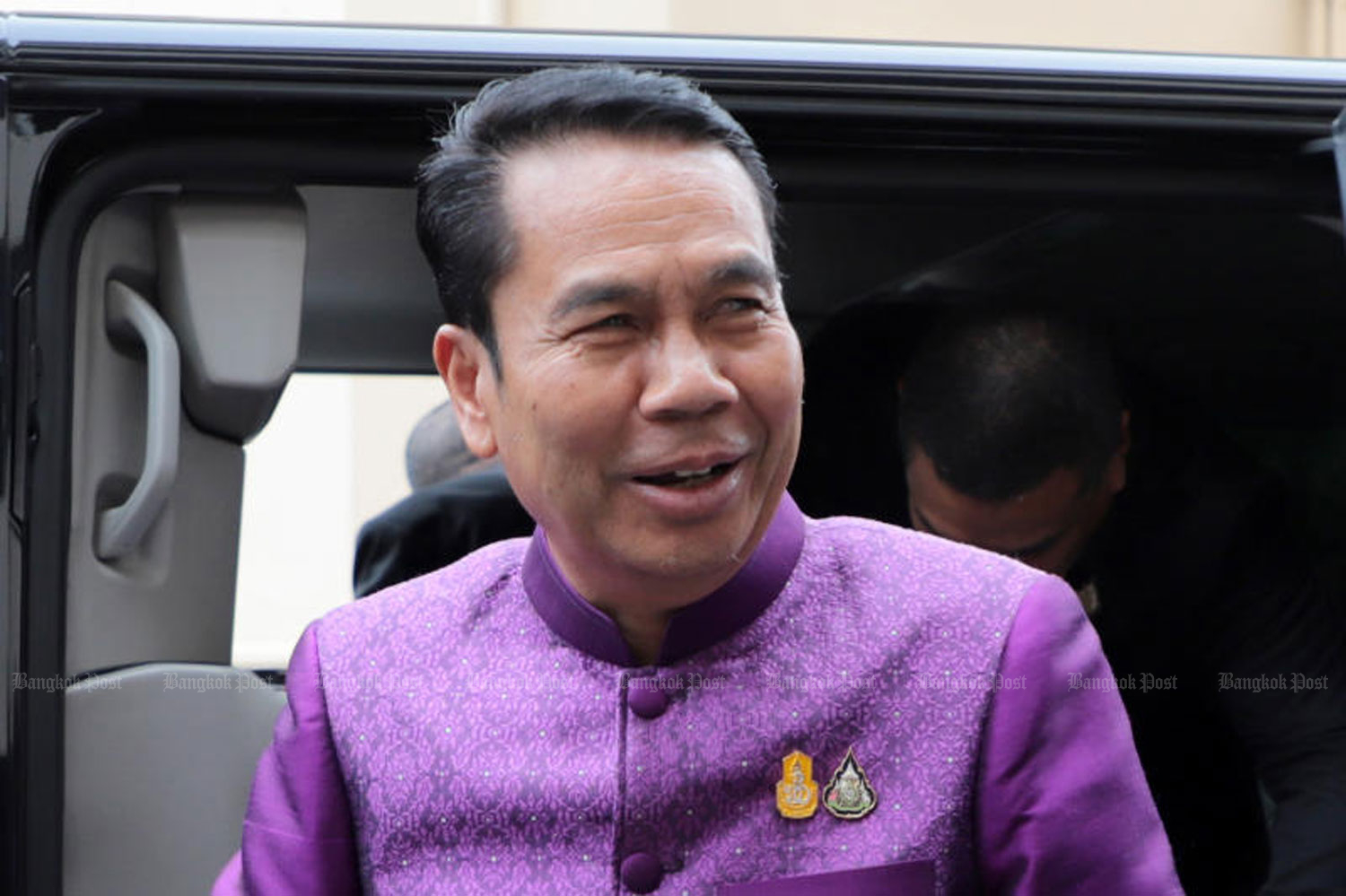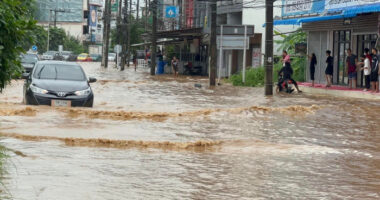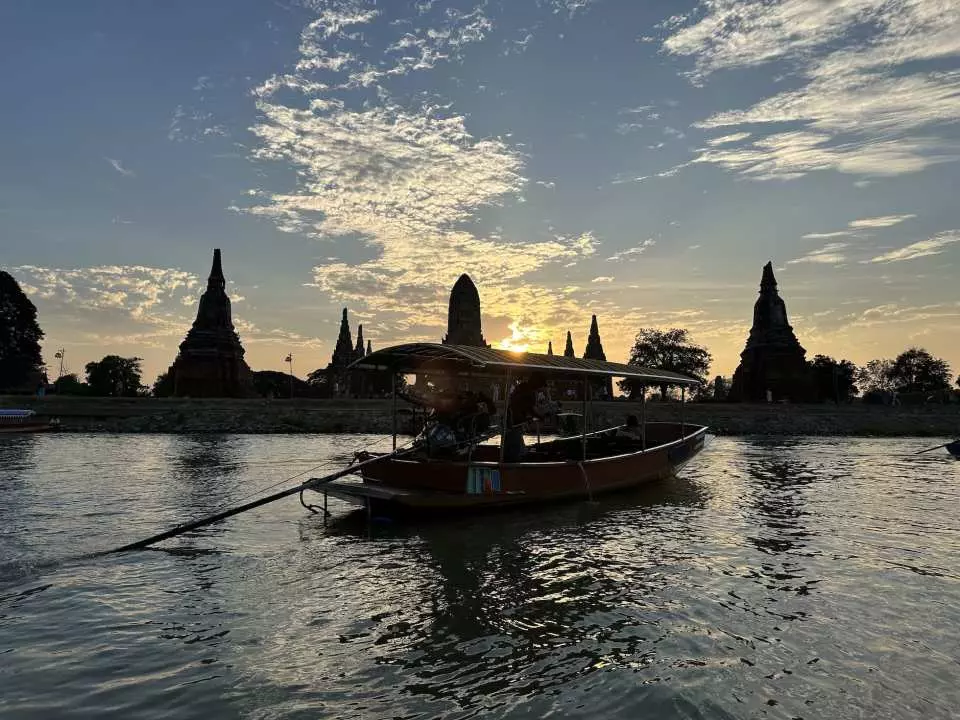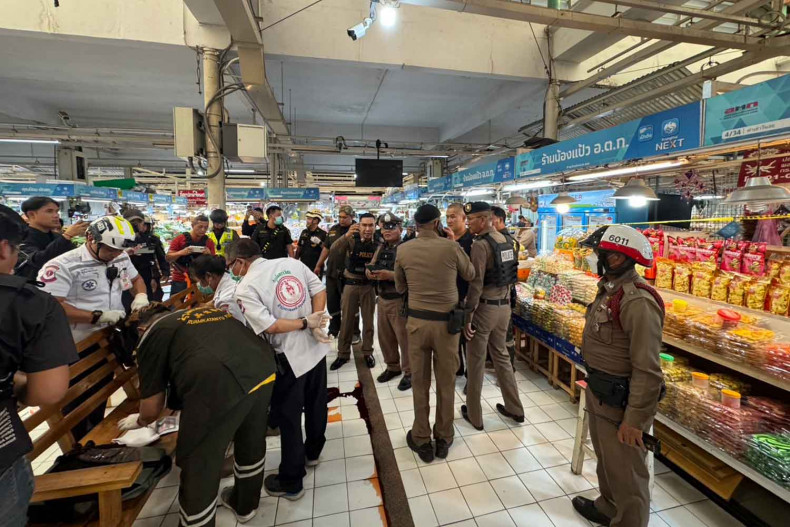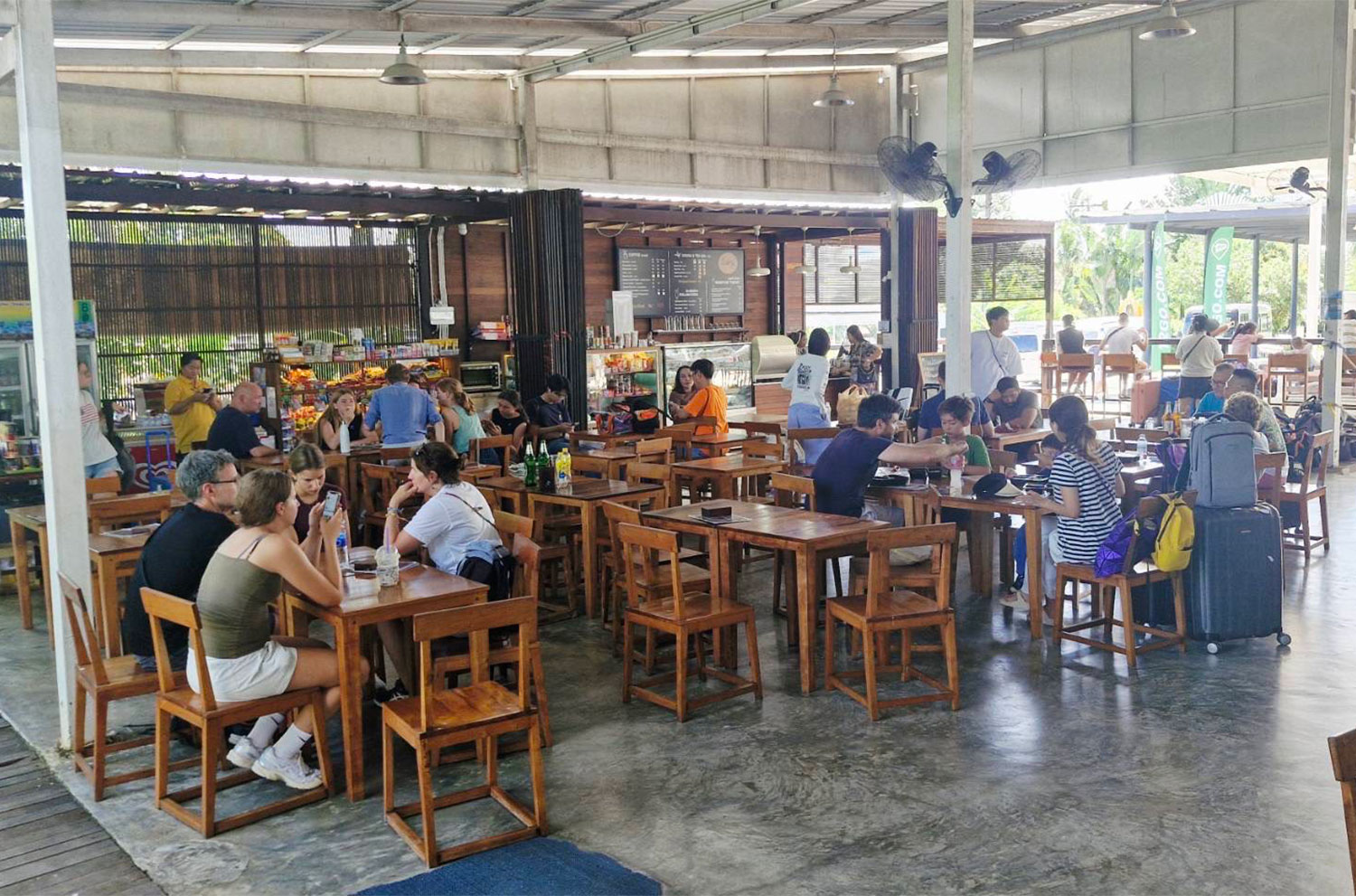Introduction to the One Map System
A New Approach to Land Disputes
Thailand’s government has introduced the “One Map” system, developed by the Royal Thai Survey Department (RTSD), to address long-standing disputes over overlapping land boundaries. This initiative aims to create a single, standardized map for resolving conflicts between national parks, agricultural reform lands, and private territories.
Key Features of the One Map System
Precision and Transparency in Mapping
The One Map system uses detailed mapping with a ratio of 1:4000, ensuring accuracy and fairness. It integrates historical and current photographic evidence to eliminate discrepancies between maps maintained by different organizations.
Neutrality in Decision-Making
Defense Minister Sutin Klungsang emphasized that the system is impartial, designed solely to resolve disputes without favoring any party. Appeals can be filed with the Central Administrative Court if disagreements persist.
Major Land Disputes Addressed
Khao Yai National Park Conflict
One of the primary disputes involves a 3,000-rai area within Khao Yai National Park. The RTSD concluded that this land lies within the park’s boundaries, as defined by a royal decree. However, conflicting claims have arisen due to overlapping land certificates issued under the Sor Por Kor program.
Agricultural Reform Land Overlaps
The Agricultural Land Reform Office (Alro) has faced criticism for issuing certificates in areas overlapping with national parks. Recent investigations revealed violations of regulations, prompting calls for stricter boundary verification processes.
Collaborative Efforts for Resolution
Joint Committees and Ground Surveys
To expedite conflict resolution, joint committees comprising officials from various agencies will conduct ground surveys of disputed areas. Their findings will be forwarded to the One Map Committee and the National Land Policy Board (NLPB) for final decisions.
Inter-Ministerial Cooperation
The Agriculture Ministry and the Natural Resources and Environment Ministry have agreed to adhere to the NLPB’s resolutions. Both ministries are working together to prioritize cases and implement solutions efficiently.
Challenges and Future Prospects
Resistance from Stakeholders
Despite its promise, the One Map system has faced resistance from some officials and conservation groups. For instance, Khao Yai National Park’s director expressed concerns over certain conclusions drawn by the RTSD.
Policy Adjustments for Long-Term Impact
The government is revisiting policies related to land use rights, aiming to prevent future overlaps. Conservationists have urged Alro to halt its plans to convert land certificates into deeds, which could exacerbate boundary conflicts.
A Step Towards Fair Land Management
Balancing Development and Conservation
The One Map system represents a significant step toward resolving Thailand’s complex land disputes. By fostering collaboration among stakeholders and ensuring transparency, it aims to balance development needs with environmental conservation.
